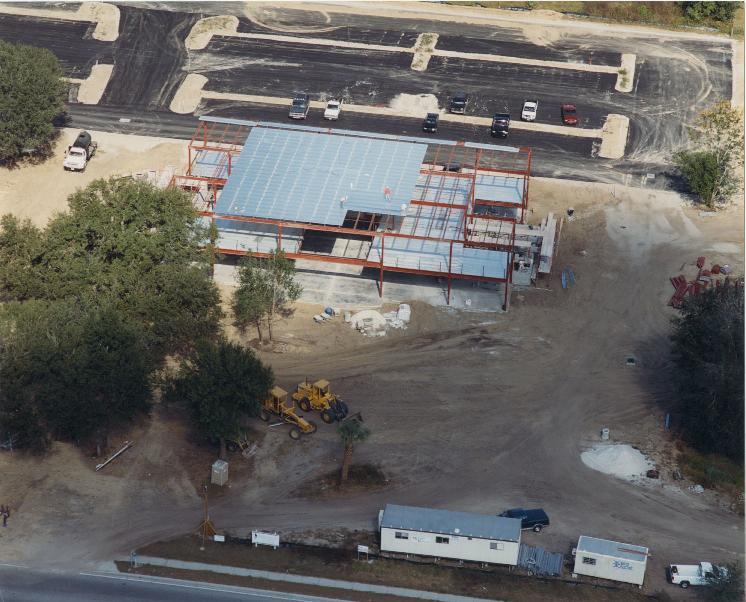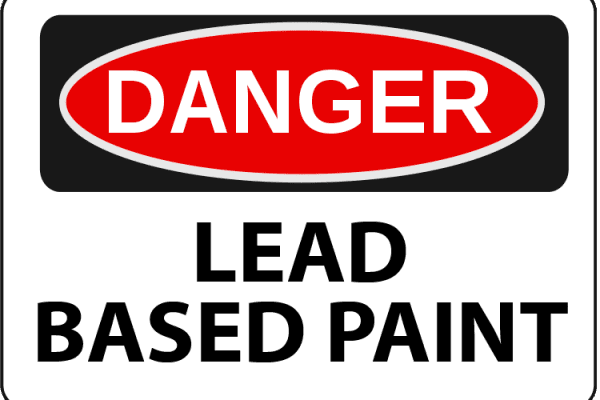Funding commercial construction and renovation projects exposes lenders to significant financial risk. Construction loan monitoring mitigates that exposure by ensuring the construction plans are sufficiently detailed and documented, estimated costs are in line with industry standards, and that the work is completed in a timely and acceptable manner.
In the years since the Great Recession, the construction industry has changed, and along with it, the risks associated with construction lending. As a result, construction loan monitoring has also evolved. Here is what lenders need to know about construction loan monitoring in today’s market.
The Three C’s of Plan and Cost Reviews
A plan and cost review mitigates risk by ensuring that all of the contract documents are coordinated, in line with the requested loan amount, and the lender’s expectations. This is where construction loan monitoring begins, and it should cover everything from property surveys and geotechnical engineering reports, to construction schedules and detailed construction plans.
An effective plan and cost review focuses on the three C’s of Costs, Constructability and Contingencies.
Costs
Costs should be appropriate for the job, of course, and in today’s market it’s also important to ensure they are not front-loaded. Ten years ago, good contractors were largely flush with cash, and in our plan and cost reviews we rarely saw front-loading. Today, however, even the most successful contractors work from payment draw to payment draw, and some will attempt to ease their own cash flow by front-loading costs on their contracts. Needless to say, front-loading exposes the lender to greater risk in the event the contractor bails on the project partway through construction, leaving the owner and lender holding the bag.
So what does a construction loan monitoring company look at to ensure costs are both appropriate and appropriately scheduled?
- Line items. Windows, drywall, concrete, grading, utilities—in an average commercial contract, there will be between 50-250 line items. Your construction loan monitoring company should have a handle on current market costs for all of these items, and review each one individually.
- Draw schedule. Your construction loan monitoring company should have a firm grasp on the order and pace at which each trade should be scheduled on the critical path and completed. They’ll look at whether the schedule of values in the agreement matches a reasonable construction schedule on a line-by-line basis.
Constructability
In addition to front-loading, a second point of increasing risk in today’s construction market is exposure is change orders. While a limited number of change orders are expected and should be included under contingencies, a poorly detailed set of construction drawings increases exposure.
Your construction loan monitoring team will take a detailed look at construction documents to ensure that they represent a complete and accurate road map. Uncovering any gaps in the construction plans before construction starts reduces change order risk.
Contingencies
 Everyone knows that renovation projects always run into contingencies. What many lenders and owners don’t realize is that even new construction must provide for contingencies. For instance, surveys may show a water main in the wrong location, or a city/county inspector may make an interpretation on something that wasn’t in the plans, such as a higher fire rating on walls.
Everyone knows that renovation projects always run into contingencies. What many lenders and owners don’t realize is that even new construction must provide for contingencies. For instance, surveys may show a water main in the wrong location, or a city/county inspector may make an interpretation on something that wasn’t in the plans, such as a higher fire rating on walls.
Generally, your loan monitoring partner will look for a 3-6% contingency for new construction, and 7-12% for renovations.
Owner-Contractor Agreement Concerns
The owner-contractor agreement lies at the heart of every construction deal, and represents a lender’s largest potential risk exposure. In signing an owner- contractor agreement your borrower (the owner) is committing to a myriad of obligations that may not be in your best interests. While the format of many owner-contractor construction agreements is similar, some provide more opportunity to modify it to the detriment of the bank, and in today’s climate a number of contractors are capitalizing on these opportunities. In addition to the three C’s, there are four key areas of a contractor-owner agreement that a loan construction monitoring process should examine.
Contractor’s Insurance
Proper insurance and bonding can represent between 1/2 and 3% of a total construction loan. Some contractors try to shave their costs to make it more attractive by offering insufficient insurance and bonding. We’ve seen contractor agreements offering minimal insurance coverage limits, often coupled with no bonding. Your construction loan monitoring company will ensure that insurance and bonds are in line with the project. In some cases, your construction monitoring company may offer a bonding alternative called construction funds disbursement, which provides the same protection, usually at a lower cost.
Liquidated Damages
Construction projects that fall behind schedule represent a real, significant cost to the both the owner (your borrower) and the bank itself due to lost use of the facility as well as interest return on the loan. Recently we are seeing contractors spreading limited sub-trade resources over more and more projects simultaneously. The end result of this effort is that the pace of construction lingers on these projects, ultimately resulting in delays in bringing the project on line. A good owner-contractor agreement contains well-defined liquidated damages language. It will define a reasonable, guaranteed completion date, along with specific financial compensation for every day past that date that the project remains incomplete.
Time to Pay
Another area where owners, contractors, and lenders often collide concerns how quickly the bank must disperse funds following a draw request. Contractors want to be paid as quickly as possible, so they can pay their expenses and subcontractors, and owners are usually happy to comply. However, a too-aggressive payment agreement can expose the lender to unnecessary risk of inadvertent contract breech or risky draw allowance.
In order to reasonably fund a draw request, the bank must complete a complex series of activities:
- Receive and distribute the contractor’s draw request.
- Deploy an inspector to the construction site to verify the validity of the draw request.
- Obtain lien waivers from subcontractors to protect the property from unreasonable liens.
- Receive, review and process the inspector’s report.
- Complete underwriting and internal administration.
- Distribute funds.
A contract stipulating adequate time to complete all of these items reduces risk by establishing acceptable timeframes. In today’s environment most contractors would prefer a draw request time to pay of 10-15 days, a more reasonable time to pay is 30 days.
Off-site Storage
More than ever the volatility of construction material costs means that smart contractors want to lock down their cost on many big-ticket construction items as soon as the contract is signed. Generally, this is a reasonable expectation and is included in the owner-contractor agreement
To ensure purchases are funded as agreed, and items stored appropriately, your construction loan monitoring company should check the legitimacy of the purchasing paperwork, and when necessary conduct a site inspection to ensure that the materials or equipment are as described, and stored in a safe, bonded, and insured facility.
Construction Phase Inspections
While the owner-contractor agreement represents the largest exposure for lenders, the construction phase presents its own vulnerabilities. Your construction loan monitoring company is responsible for ensuring timely payment; making sure costs are in line with draw requests, and monitoring the quality and completeness of the work.
Timeliness of Payment
As mentioned above, contractors today live from draw-to-draw, so they generally can’t afford to pay subcontractors until they get paid themselves. The recent resurgence in construction activity means a smaller subcontractor pool to draw from, which increases the risk of unpaid subcontractors walking off the job. Such an incident can delay or devastate the project, and increase costs significantly.
To reduce this risk, your loan construction monitoring company should get on site within 48 hours of a draw request to inspect the work. A preliminary recommendation should be delivered within 24 hours after the inspection, with a full report to follow shortly thereafter. This ensures that draw requests are not held up by the construction loan monitoring process.
Change Order Review
In addition to inspecting work prior to each draw request approval, your loan construction monitoring service will review change order requests, to ensure that they are appropriate and reasonable. Each change order request should be accompanied by a break-down of the cost compared to the original project costs, and those costs should line up with current real-time material and labor costs.
Underwriting construction loans has never been more complex than it is today. A reliable, experienced loan monitoring partner can significantly reduce risk exposure. To find out more, sign up to receive notice when we offer informational sessions for you and your team to stay up to date on the latest developments.






